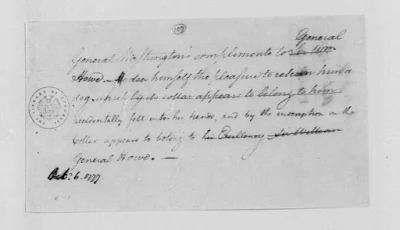American Army uniforms of the War of 1812 is a very complex subject. Uniforms changed considerably throughout the war. The uniforms worn early in the war were very different then those worn at the end of the war. More importantly units didn't always receive new items immediately when they became available. Mid War uniforms are a case in point.
Throughout the 1813 campaign season the American regular infantry wore a hybrid uniform. On paper, the US Army had an entirely new uniform in 1813. This was a plain coatee without the lace adorning earlier versions of the garment, and a ,new leather shako. But as any student of military history can tell you, the dictates from on high do not always translate into changes in the field; at least not right away; sometimes if ever. The American army throughout the 1813 campaign season (a third of the war), wore a hybrid of the 1812 and 1814 uniform.
On paper the United States Army had an entirely new uniform. This was to be a plain coatee without the lace the earlier coatee had plus a new leather shako.
The leather shako was delivered very quickly to the front lines, and most units had them in hand for the 1813 campaign season.
The regimental coats were another story. The old laced 1812 coatee continued to be worn by a substantial number of units, and because of shortages of blue dye, it was delivered to units in various shades of grey, "drab", brown, and black. According to Rene Chartrand, the Army specified that, "the mixed color coatees and garments were to be cut as prescribed in the February 1812 regulations, with red collars and cuffs, and white lace binding."
The units wearing this old coat/new cap configuration, were as follows (coat color follows listing):
12th US: Drab, red facings
14th: Brown for some, Drab faced with Red for others.
21st: Blue, red facings
16th: Black, red facings
And here is yet another exception to the rule. The War of 1812 is filled with them. The 25th US Infantry had the old felt shako and a blue coat faced with red (and with minimal lace).
So, if you are interested in adding something different or unusual to your collection looking into these different coatee colors.
For more information:
Chartrand, Rene. A Most Warlike Appearance: Uniforms, Flags and Equipment of the United States in the War of 1812. Ottawa: Service Publications, 2010







.jpeg)



.jpeg)



.jpeg)









_kindlephoto-48780814.jpg)



_kindlephoto-66583247.jpg)